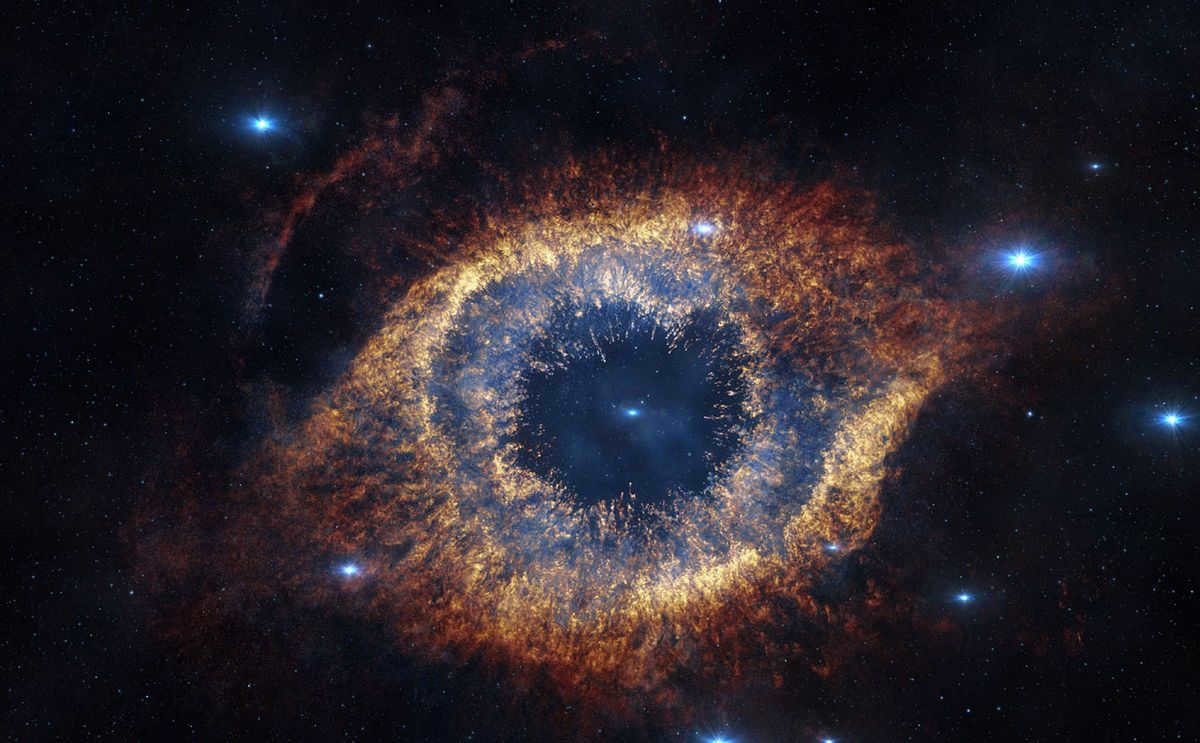
In the realm of the night sky, celestial bodies may bear a striking resemblance to one another, but upon closer inspection, their unique attributes become apparent. Variances in distance between an observer on Earth and the celestial bodies contribute to disparities in luminosity.
There are moments in life when the urge to recline beneath the open expanse of the night sky and marvel at its splendor becomes irresistible. The seemingly minuscule jewels scattered across the dark canvas captivate the senses. Yet, one cannot help but ponder the reasons behind the varying brilliance of these celestial entities. How does one discern between a planet and a star?
What constitutes a planet?
The International Astronomical Union established a definition in 2006, which states that a planet is an object that (a) orbits a star, (b) maintains a nearly spherical shape due to its own gravity, and (c) clears the area around its orbit of other debris.
Any celestial body that meets these criteria is classified as a planet. Nevertheless, there remains ongoing discussion regarding the precise definition of a planet.
What is a star?
A star is an enormous celestial object composed of gases like hydrogen and helium. These gases are held together by their own gravity. Due to extreme atmospheric conditions, a star generates its own heat and light through nuclear fusion reactions that take place in its core.
The process of star formation is a fascinating subject, but to simplify it: stars originated millions of years ago when gases and dust accumulated and started collapsing under the force of their own gravity.
What are the distinguishing features between planets and stars?
If you possess a keen eye for detail, it is fairly simple to differentiate between a planet and a star. While both may appear as small dots, they exhibit distinct optical characteristics.
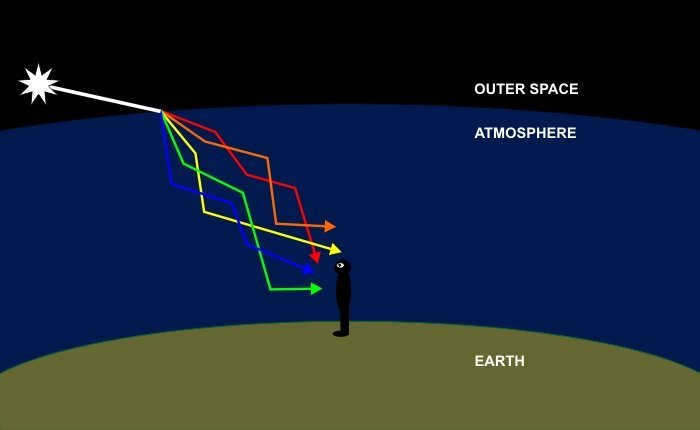
One notable distinction is that stars twinkle, while planets do not. The reason for this is that stars are located at a significant distance from Earth, causing the light emitted by them to undergo multiple refractions. As a result, the speed of light continuously changes, resulting in the twinkling effect. On the other hand, planets are relatively closer to Earth, so the light they emit does not experience as much refraction, leading to a lack of twinkling.
Additionally, planets appear brighter than stars. It is worth mentioning that stars generate their own light, such as our Sun. However, planets do not possess this ability and instead rely on reflecting the light emitted by the Sun or nearby stars. As a result, planets shine brighter in comparison.
What causes planets to appear brighter than stars?
The primary reason for this phenomenon lies in the relative distances between Earth, planets, and stars.
According to the principle of inverse squares, the perceived brightness of an object is inversely proportional to the square of the distance between the observer and the object. Due to their proximity to Earth, planets reflect much higher levels of light compared to stars that are located much farther away.
Since brightness is directly linked to light intensity, planets naturally appear brighter than stars.
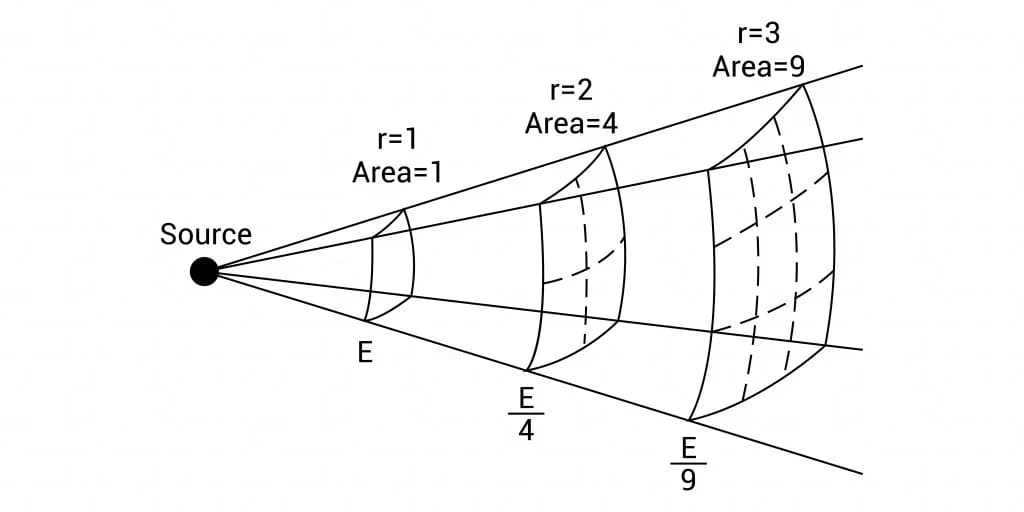
The magnitude of a planet’s brightness is determined not only by the amount of light it reflects from the Sun but also by its distance from the Sun. According to the law of inverse squares, as the distance between a planet and the Sun increases, the amount of light reaching the planet decreases. Consequently, the planet reflects less light, resulting in a decrease in brightness.
In addition to distance, other factors such as a planet’s reflectivity or albedo, which refers to how much light its atmosphere and surface can reflect, and its size also influence its brightness.
Which planet shines the most among all the planets in our solar system?
Based on the information provided, it can be concluded that the brightness of different planets varies depending on the mentioned factors.
Although Mars or Jupiter may sometimes appear quite bright, the title of the brightest planet in the solar system belongs to Venus. This is mainly because Venus has the highest albedo compared to other planets. The thick clouds of Venus reflect approximately 70% of the sunlight that reaches it.
Venus is also closer to the Sun compared to most planets in the solar system. Additionally, it is the closest and farthest planet to Earth. Venus and Earth also share a similar size.

The bright object that can be seen in the evening sky is the planet Venus. During this week, observers will have the opportunity to witness the Moon and Venus shining brightly next to each other. Here’s a guide on how not to miss this fascinating astronomical event.
On the evenings of February 27 and 28, 2020, the Moon in its waxing phase will come closer to the brightest planet, Venus. This celestial pair will adorn the sky shortly after sunset and will be visible to the naked eye. Are you wondering about the optimal time to observe this event and when the Moon and Venus will rise and set in your location? Simply use the Star Walk 2 astronomy app and you’ll never miss out on the most captivating celestial occurrences.
In the evening sky above the western horizon, Venus will be the most prominent star until spring comes, gradually rising higher each day. On Friday night, February 28, you can observe Venus positioned below the closely spaced Moon and Uranus.
Are you familiar with the characteristics of the most luminous planet in our solar system – Venus? Here are a few fascinating details about this celestial body:
What makes Venus appear so bright?
Venus is known for being the third most luminous celestial body, trailing behind only the Sun and the Moon. It has a star magnitude ranging from -3.8 to -4.6, indicating its high brightness. Interestingly, Venus can even be seen with the naked eye during daylight hours. To put its brilliance into perspective, the full Moon has a star magnitude of -12.7, while the Sun’s stellar magnitude is an impressive -26.8.
While Venus is indeed relatively close to Earth, its proximity alone does not account for its exceptional brightness. The planet earns its reputation as “Sister Earth” due to its dense cloud cover, which consists of sulfuric acid and acid crystals. These clouds possess a high reflectivity, causing sunlight to bounce off their surface. It is this reflection that primarily contributes to the extraordinary luminosity of Venus.
The most scorching planet in the solar system
As indicated by researchers, Venus has a surface temperature of around +462 °C, making it the most sweltering planet in our solar system. The planet is entirely enveloped by a thick layer of clouds comprised of carbon dioxide. It is the existence of carbon dioxide in Venus’ atmosphere that generates the greenhouse effect. The sun’s rays pierce through the clouds and amass on the surface instead of dissipating back into the cosmos.
Distance between the Sun and Venus
Venus is located at an average distance of 108,208,930 kilometers from the Sun. Throughout its orbit, this distance fluctuates between 107,477,000 km (perihelion) and 108,999,000 km (aphelion).
Venus: An Inner or Outer Planet?
In the solar system, there are two categories of planets: inner and outer. Inner planets, including Venus, have orbits that lie within the Earth’s orbit. These planets are characterized by their close proximity to the Sun, small size, high density, and composition primarily consisting of heavy elements. On the other hand, outer planets are located in the outer region of the solar system. These gas giants, unlike the inner planets, are larger in size and composed mostly of gas. Venus, along with Earth, Mercury, and Mars, belongs to the group of inner planets.
What is the color of Venus?
When viewed from Earth, Venus appears as a radiant yellowish-white star. Scientists have made numerous attempts to determine the color of Venus’ surface through photography using different wavelengths of light, but each wavelength reveals a distinct shade. Spacecraft images of Venus display a reddish-brown surface, however, the precise color of the planet remains unknown.
Embark on a celestial adventure with Star Walk 2. Enjoy your stargazing!
What defines a bright planet? It refers to any planet within our solar system that is easily visible without the aid of a telescope, and has been observable throughout history, even by our ancestors.
Arranged in their outer order from the Sun, the five bright planets that can be clearly seen from Earth are Mercury, Venus, Mars, Jupiter, and Saturn.
We inform our readers about the planetary positions in July, including the Parade of Planets occurring from July 16 to 19. Additionally, we provide information on other celestial sights to observe in the night sky during the final week of the month.
An irresistible proposition
July 2020 presents an excellent opportunity for night sky enthusiasts to witness the visibility of all five planets.
Venus serves as a brilliantly luminous celestial body that illuminates the Eastern sky before sunrise. In the month of July, the Moon and Venus will be in close proximity to each other. Moreover, after mid-July, it is possible to easily locate Mercury positioned below Venus.
Jupiter and Saturn are additional planets that can be observed in July 2020. These two planets are positioned near each other in the celestial sphere and both will reach opposition this month.
Consequently, they will be visible for a significant portion of the night throughout the month. Furthermore, Mars should not be underestimated as it appears prominently red and shines consistently between midnight and dawn.
These planets appear to be the most luminous in our atmosphere. They have a brightness comparable to that of the stars. Furthermore, these nearby planets emit a more constant light compared to distant stars that flicker. If you make an effort, you can easily locate and identify them as trustworthy and eagerly anticipated companions.
Beginning in mid-July 2020, utilize the diminishing crescent moon and Venus as guides to locate Mercury close to the horizon during the transition from night to daybreak.
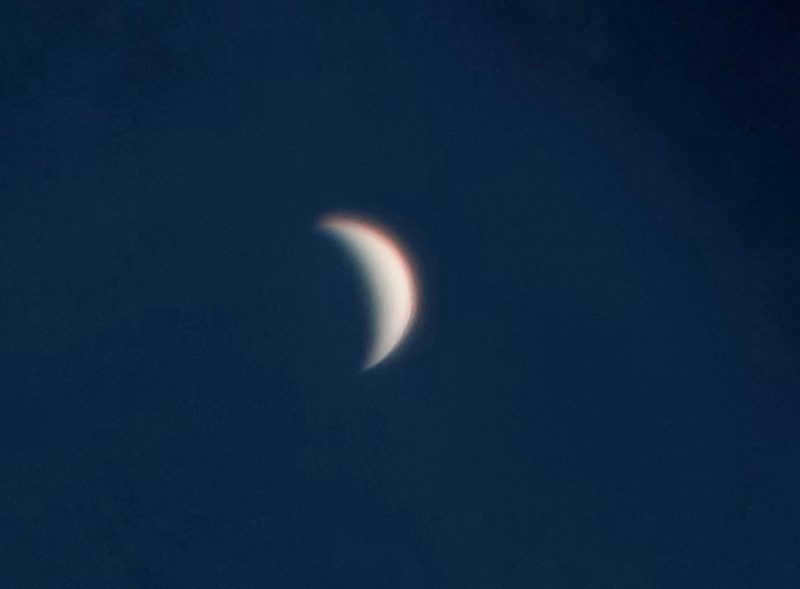
Watch from evening until dawn
In July, Earth found itself caught between these outer worlds: the opposition of the dazzling planets and the Sun. And we were thrilled to witness the Parade of Planets from July 16 to July 19.
Unbeknownst to us, this particular month brought us closest to Jupiter and Saturn all year. Jupiter and Saturn, in turn, put on their best show and take center stage in the “night runway” like it’s a celebration.
On July 25 and 26, 2020, as the sun sets and the sky darkens to reveal countless distant stars, let the Moon introduce you to a special star: Spica, the only 1st magnitude star in the Virgo constellation.
A much brighter object shining in the southeastern sky is the massive planet Jupiter.
Moscow residents can easily spot Mars, Jupiter, and Saturn in the night sky, but Venus can only be seen in the early morning hours.
In July 2020, the majority of Russians had the opportunity to witness the planetary parade. However, those living in the northern territories, where the polar day with white nights occurs, were unable to see it.
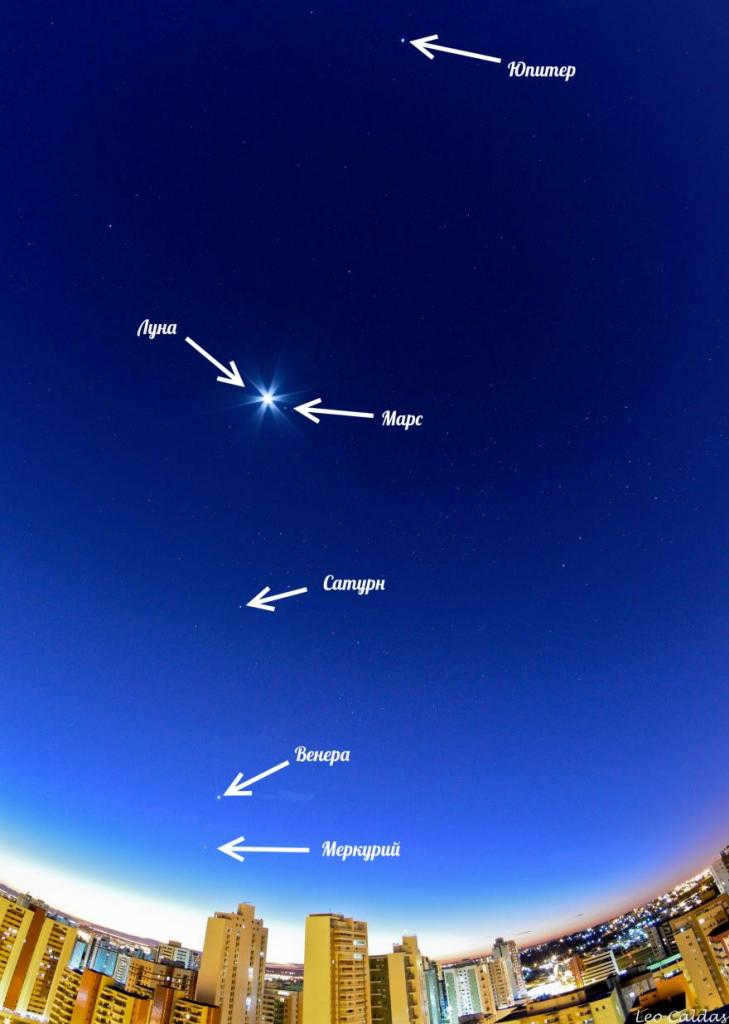
Discovering the Wonders near the Big Dipper
Regardless of your location, the Moon always maintains its eastward movement against the backdrop of the zodiac constellations. It travels at a steady rate of approximately half a degree per hour. As July brings about darker nights, keep an eye out for a satellite that will appear closer to the star Spica.
Locating Spica can be achieved by using the Big Dipper as a guide and making imaginary “star jumps”.
Simply imagine extending the handle of the Big Dipper and follow the curve it creates. This will lead you to the dazzling yellow-orange star known as Arcturus. Continuing in a downward direction along the handle of the “bucket” will eventually bring you to Spica. If you have difficulty discerning the color of stars with one eye, consider using a pair of binoculars for a better view.

Allow the Moon to be your guide on July 25 and 26, 2020, as it leads you to Spica. Then, use the Big Dipper to locate the most brilliant star in the constellation Virgo.
At the break of dawn, the sky begins to brighten rapidly and the stars gradually disappear. Only one celestial body remains visible for the longest duration. That celestial body is Venus, the morning star planet. It shines much brighter than Sirius from the perspective of an Earth observer and is only surpassed by the Moon in terms of brightness in the night sky.
Characteristics of celestial motion
Nowadays, nearly everyone is familiar with the celestial body known as the “morning star” and the reasons behind its name. The stunning Venus emerges in the sky just before the sun rises. Even after daybreak, it remains visible for an extended period due to its radiant luminosity. Keen-eyed observers can spot a small, white speck in the sky for several hours after sunrise – this is the planet known as the “morning star”.
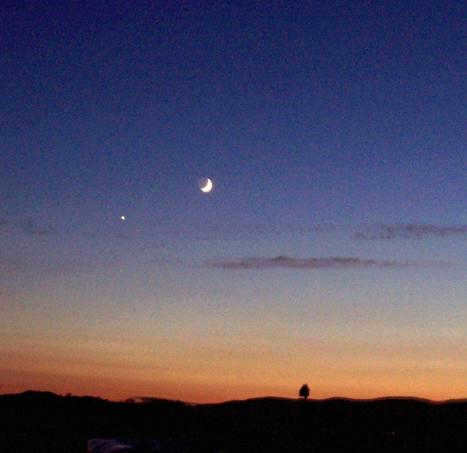
Venus is also visible before sunrise, and in this instance, it is referred to as the morning star. As the sun dips below the horizon, Venus gradually becomes more and more luminous. It remains visible for several hours before it sets. However, it should be noted that Venus does not become visible during the midnight hours.
The morning star is a nickname given to Venus due to its unique movement across the sky and its brightness. However, if Venus were located in a different part of the solar system, the answer to the question “what planet is called the morning star” might be different. The reason for Venus’ brightness is its position relative to the Earth and the Sun.
Venus, the second planet from the Sun, is almost the same size as Earth and is our close neighbor. It is the only cosmic body that comes so close to our home, with a minimum distance of 40 million kilometers. This proximity allows us to appreciate Venus without the need for telescopes or binoculars.
Remnants of the Past
In days of yore, there was a discrepancy in identifying the morning and evening stars. It took some time for ancient civilizations to realize that the celestial bodies appearing before sunrise and sunset were, in fact, one and the same. The stargazers of old meticulously observed these luminaries, and they became the subject of legends in the realm of poetry. Eventually, their diligent scrutiny yielded results. The credit for this discovery is often given to Pythagoras, who lived between 570 and 500 B.C. This scholar proposed that the planet known as the morning star was none other than the evening star. Since then, our understanding of Venus has greatly expanded.
A planet shrouded in mystery
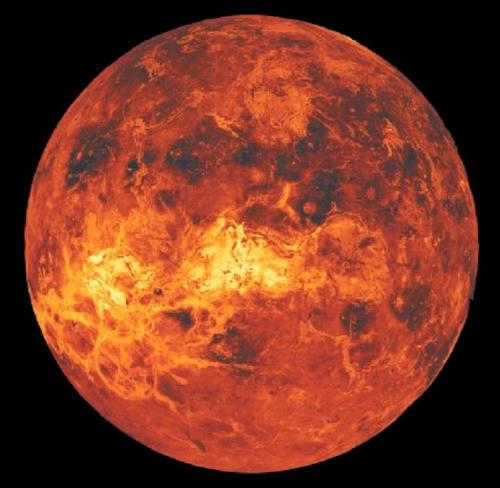
The celestial body, known by the name of the goddess of love, has long fascinated astronomers and kept its enigmas hidden. Until the 1960s, Venus was believed to be Earth’s twin, and there was even speculation about the existence of life on it. The discovery of its atmosphere in 1761 by M.V. Lomonosov further fueled these discussions.
Advancements in technology and research techniques enabled a more comprehensive study of Venus. This revealed that the planet’s atmosphere is predominantly composed of carbon dioxide, with its surface perpetually concealed by a layer of clouds, likely consisting of sulfuric acid. Venus boasts extreme temperatures that surpass any human-tolerable limit, reaching a scorching 450 ºC. These unique characteristics of the planet have effectively debunked all theories proposing the existence of extraterrestrial life on this neighboring celestial body.
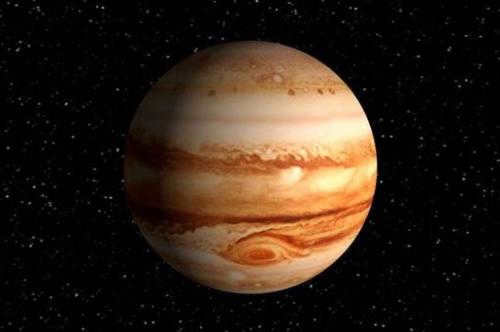
Nevertheless, there is another answer to the question “which planet is known as the morning star,” and it has multiple possibilities. Occasionally, this designation refers to Jupiter. Despite being a gas giant and situated farther from the Sun than Mars, it shines in the sky just after Venus. It is not uncommon to observe them in close proximity to one another. Just a few years ago, in early July 2015, Venus and Jupiter could be seen as a stunning double star.
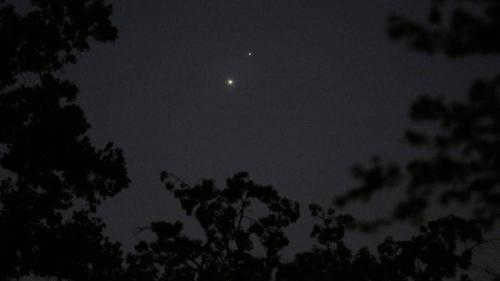
It is important to mention that the gas giant can be observed in the night sky quite frequently. Hence, it cannot be considered a suitable contender for the title of morning star like Venus. Nonetheless, this fact doesn’t diminish its allure and splendor as an object in the celestial sphere.
Nearest to the Sun
In addition, there exists another celestial object that is referred to as the morning star. This celestial body, which is not Venus or Jupiter, is known as Mercury. The planet that is closest to the Sun is named after the swift Roman deity who served as the gods’ messenger. Moving swiftly, sometimes ahead and sometimes catching up with the Sun, Mercury can be seen by observers on Earth in both the evening and morning hours. This characteristic similarity to Venus has led to the designation of Mercury as both the morning and evening star throughout history.
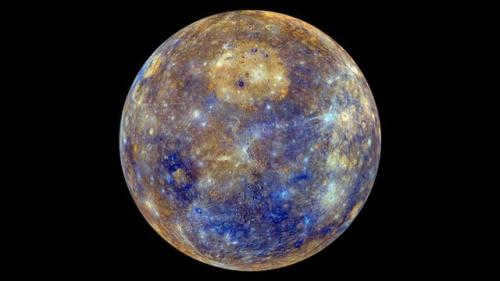
Elusive
Due to its unique patterns of movement and close proximity to the Sun, observing Mercury can be quite challenging. The most favorable locations for observation are areas with low latitudes and the equatorial region. The best time to observe Mercury is during its maximum distance from the Sun, also known as elongation. At middle latitudes, the chances of seeing this nearest planet to the Sun decrease significantly, and it is only possible during the most favorable elongation periods. Unfortunately, for observers at high latitudes, Mercury remains out of reach.
Therefore, there is a good reason why this celestial body is referred to as the morning star. However, not everyone is aware of this nickname for obvious reasons: it is rare to catch a glimpse of it in the sky due to its close proximity to daylight and its relatively small size.
So, which planet is known as the morning star? It is commonly understood that the answer is “Venus,” occasionally “Mercury,” and almost never, although it is possible, “Jupiter.” This planet is named after the goddess of love because of its close proximity to Earth and its high reflectivity, which results in its noticeable brightness. As a result, it firmly holds the title of the most beautiful morning star for most people, especially those with limited astronomical knowledge.
The Most Brilliant Planet
Venus is known as the most brilliant planet that can be observed in the night sky.
It shines nearly six times brighter than the closest neighboring planets, Jupiter and Mars. The reason for this astronomical brightness lies in the thick clouds surrounding Venus, which efficiently reflect sunlight, combined with its relatively close proximity to Earth.
The most luminous man-made object
The International Space Station’s dimensions are considerable, making it visible to the unaided eye.
The ISS appears as a relatively brilliant celestial body drifting across the heavens, moving from the western horizon to the eastern horizon. Within a 24-hour period, the ISS completes 18 orbits around the Earth, enabling it to be observed from nearly any location on the planet.
The Largest Star in the Universe
VY Canis Majoris, also known as the Big Dog, is a red hypergiant star that holds the title for being one of the brightest stars in the Milky Way. What makes this star even more remarkable is its incredible size, as it is estimated to be a staggering 3 billion times larger in volume than the Sun!
To put this into perspective, it would take light a whopping 6 hours to complete one orbit around VY Canis Majoris, while it would only take a mere 15 seconds to complete an orbit around the Sun!
If we were to hypothetically place VY Canis Majoris at the center of our solar system, its boundaries would extend all the way near the orbit of Saturn.
However, despite its immense size, VY Canis Majoris is actually only the second largest star known to us. The honor of being the largest star in not just the Milky Way, but the entire Universe, goes to UY Scuti of the constellation Shield. Unfortunately, UY Scuti is not visible to the naked eye from Earth.
The Most Distant Object
The Andromeda Galaxy is an astonishingly distant 2.5 million light years away. To put it in perspective, it would take light a whopping 2.5 million years to travel from the Andromeda Galaxy to reach us here on Earth! When we gaze at the Andromeda Galaxy, we are essentially peering back in time.
What’s even more remarkable is that this extragalactic wonder can still be seen with the naked eye from our planet! It’s a rarity to spot such objects outside of our own Milky Way galaxy, and they can be counted on one hand.
From our vantage point on Earth, the Andromeda Galaxy appears about 7 times larger than our Moon, although only the central core of the galaxy is clearly visible. If you want to observe the intricate details of this celestial marvel, a pair of binoculars or a telescope is a must.
The Brightest Star in the Night Sky
Sirius, known as the Dog Star, holds the title of being the brightest star visible from Earth at night. It outshines all other stars with its luminosity, which is 25 times greater than that of the sun. However, this impressive brightness is not a record-breaking feat.
The reason why Sirius appears so bright to us here on Earth is due to its close proximity to our solar system. It is one of the nearest stars to the Sun, located just 8.5 light years away. This close distance contributes to its brilliance in our night sky.
While Sirius may be the brightest star, it is not the most luminous celestial object we can observe. In terms of brightness, it is surpassed only by our neighboring planets – Venus, Mars, and Jupiter. Of course, we cannot forget about the Sun and the Moon, which shine even brighter in our sky.
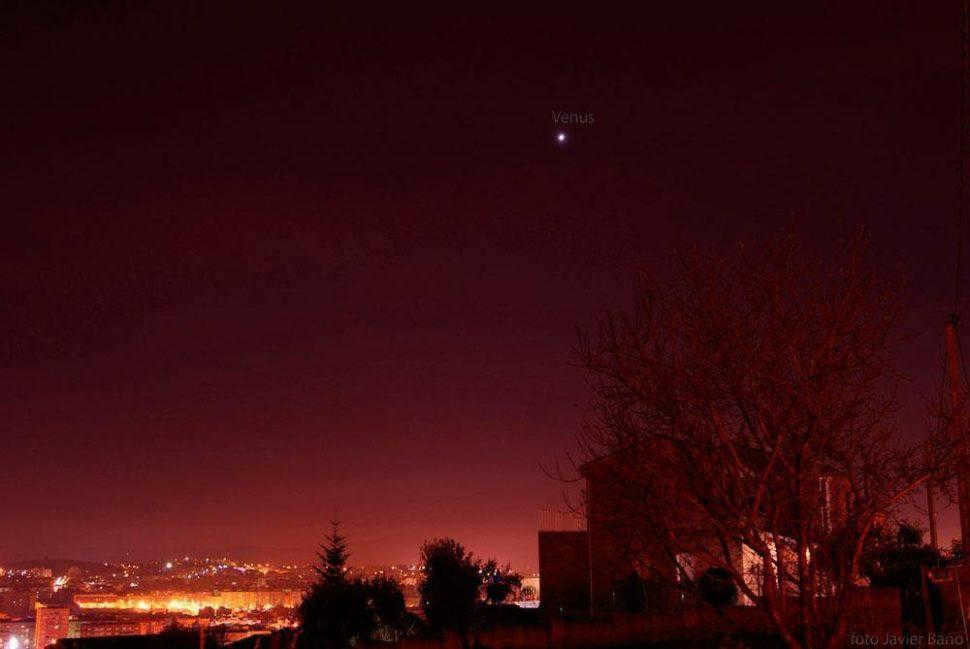
Even though planets don’t emit light like stars do, they still have their own brightness in the sky. Some planets can be seen without a telescope, while others are not visible to the naked eye. So, which planet in our solar system is the most brightly lit in the sky?
It’s important to understand that the brightness of celestial bodies is not constant. It varies depending on the distance between Earth and the luminous object. Thus, the planets are most visible when they are closest to Earth. The distance between the planet and the Sun also plays a role, as planets reflect sunlight. Venus, in particular, is relatively close to both Earth and the Sun.
There are various factors that impact the luminosity of the planets. One of these factors is their size. It is evident that larger celestial bodies reflect a greater amount of light. This is the reason why the massive Jupiter appears brighter than Mars, despite the fact that the Red Planet is closer to both the Sun and us. Another important factor is the reflectivity of the surface of these celestial bodies, which is scientifically known as albedo. To put it simply, a completely black body absorbs all light that falls on it and has an albedo of zero, whereas a completely white body reflects all light and has an albedo of one (100%). Out of all the planets in our solar system, Venus possesses the highest albedo. Its albedo is measured at 0.77.
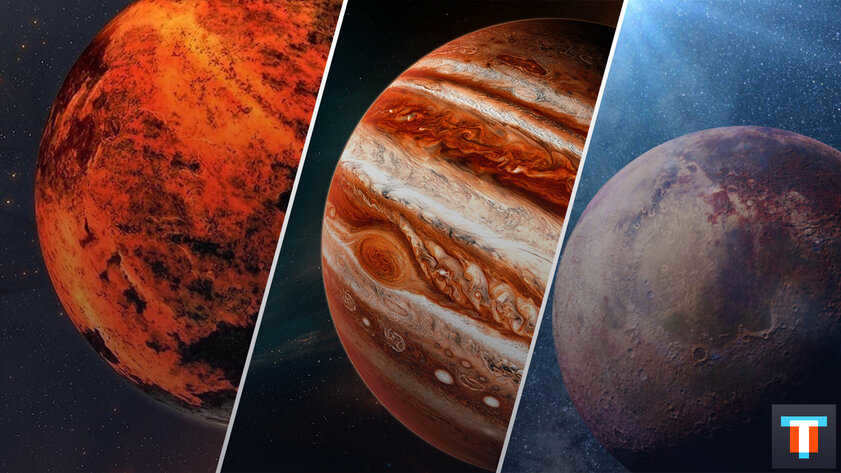
When it comes to measuring the brightness of celestial bodies, stellar magnitude is the usual metric used. The lower the number, the brighter the object. However, it’s important to note that negative values are assigned to brighter stars and planets. Generally, stellar magnitude refers to apparent magnitude, which is the perceived brightness of an object as observed from Earth, rather than the actual brightness emitted by the object itself. In the list below, we present the twelve brightest objects in the Solar System in ascending order of luminosity.
Uranus takes the 12th spot
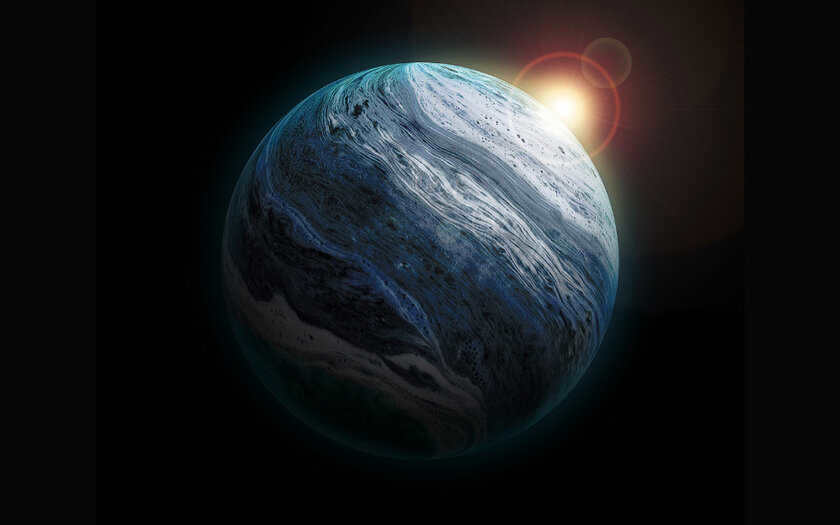
Uranus, the seventh planet from the Sun, emits a green-blue glow and has a stellar magnitude of 5.6. In certain conditions, it may even be visible to the naked eye, although locating it in the sky is challenging. However, its position can be determined more easily in relation to other celestial bodies, such as Mars. To observe Uranus without the need for additional optical instruments, it is necessary to first detect it using a telescope.
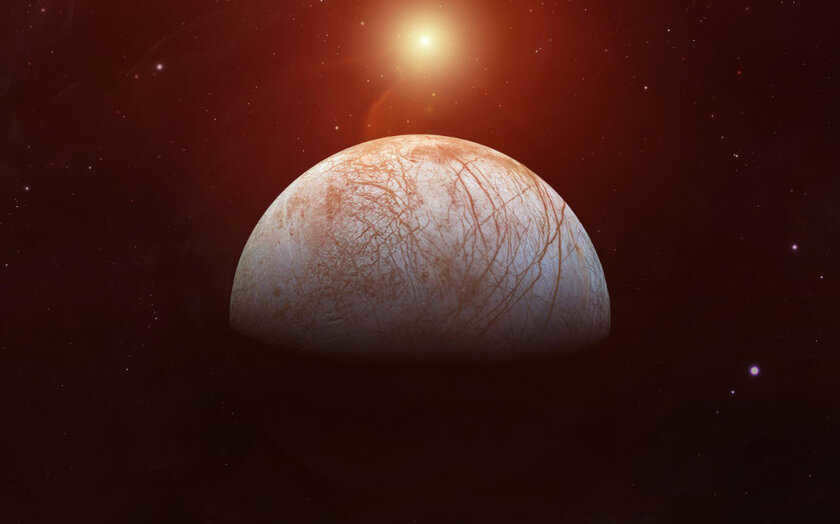
Europa, one of Jupiter’s moons, is of great interest to scientists for several reasons. Firstly, it is believed to be completely covered in ice, and there is a possibility that beneath the icy surface lies an ocean, which could potentially support life. Additionally, the ice covering Europa has a high reflectivity, giving the moon a luminosity equivalent to a star magnitude of 5.2.
Coming in at number 10: Vesta
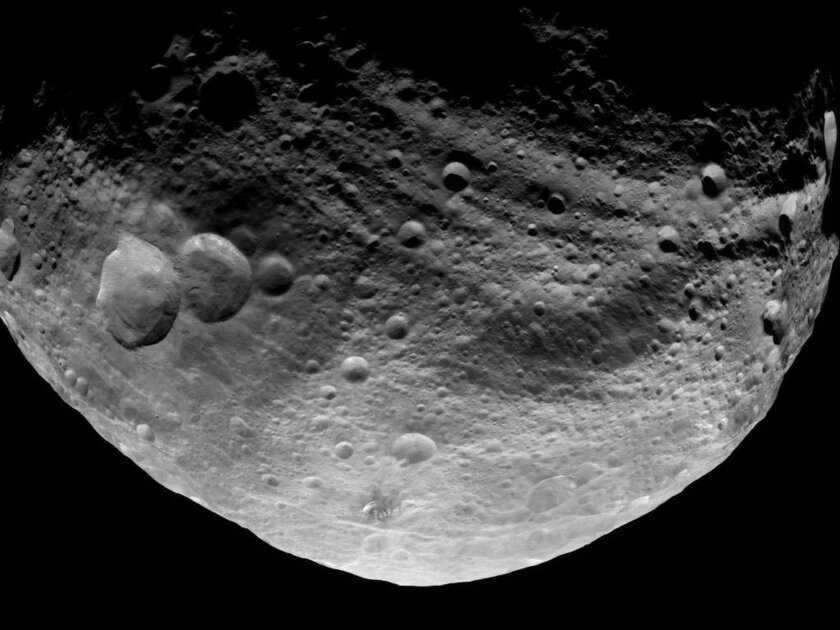
Presenting the sole asteroid that has managed to secure a place among the most luminous bodies in our solar system. This asteroid, while being the second largest in terms of diameter, is only surpassed by Ceres. The magnitude of its brightness fluctuates depending on its proximity to Earth, reaching a maximum value of 5.1 during its closest approach. Unlike Jupiter’s satellites, there are no other luminous objects in the vicinity of this asteroid, making it visible to the naked eye only under optimal conditions – during its maximum approach and on a clear night. The shortest distance between Earth and Vesta measures approximately 177 million kilometers, and the next time it will be at this proximity will be in March 2021.
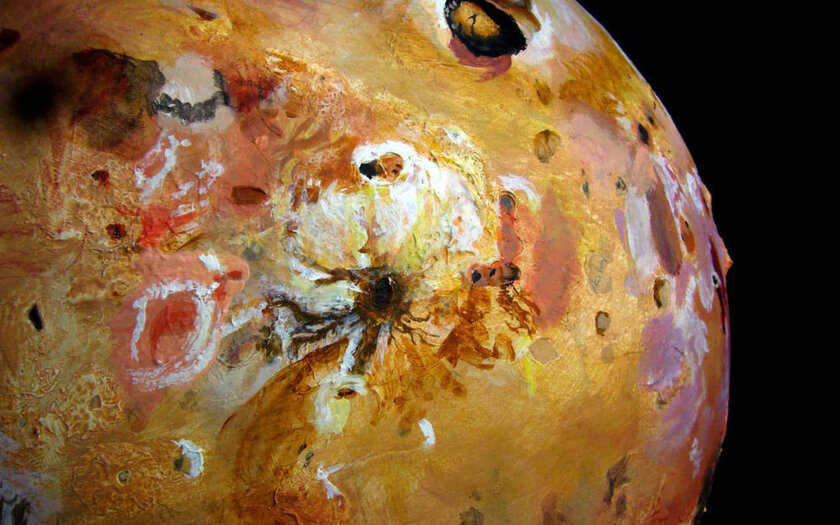
Io, one of Jupiter’s numerous satellites, was discovered by Galileo Galilei in the early 17th century, along with Ganymede, Europa, and Calisto. This is why it is known as the Galilean satellite. It is slightly larger than Earth’s Moon and is known for its high volcanic activity. With around 400 volcanoes, 150 of which are still active, Io shines with added brightness. Its luminosity value is approximately 5. However, observing Io in the light of Jupiter is not easy – a small telescope is required at the very least.
8th position: Ganymede
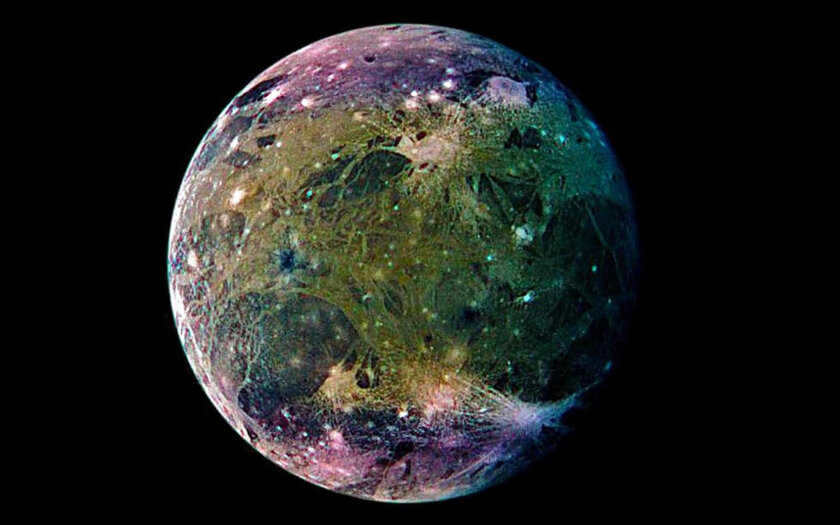
Ganymede, another moon of Jupiter, was discovered by Galileo Galilei using the world’s first telescope. Without the aid of optics, it is impossible to observe this celestial body. When viewed through a low-power telescope, Ganymede appears as a small dot against the backdrop of Jupiter. However, despite its diminutive size, Ganymede has a relatively high luminosity, boasting a stellar magnitude of 4.6.
7th position: Saturn
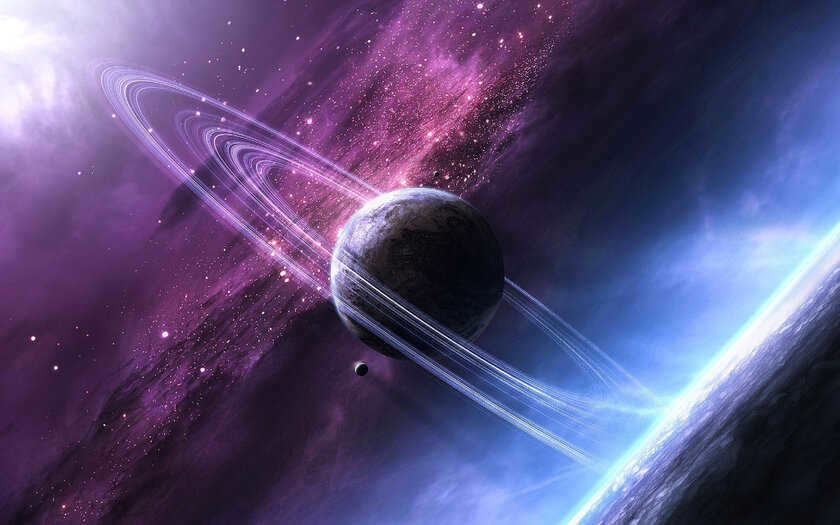
Saturn is a gas giant renowned for its extensive system of rings, which consist mainly of icy fragments. It is a delightful sight when observed through a telescope, as its appearance is truly magnificent. However, even without the aid of optics, one can still catch a glimpse of the planet. Although the rings are not visible to the naked eye, its radiant glow is unmistakable – with a stellar magnitude of 0.7, it outshines many stars visible from Earth. Saturn is easily identifiable in the night sky, as it emerges prominently during the late hours, providing a striking contrast against the darkness.
Mercury takes the 6th spot
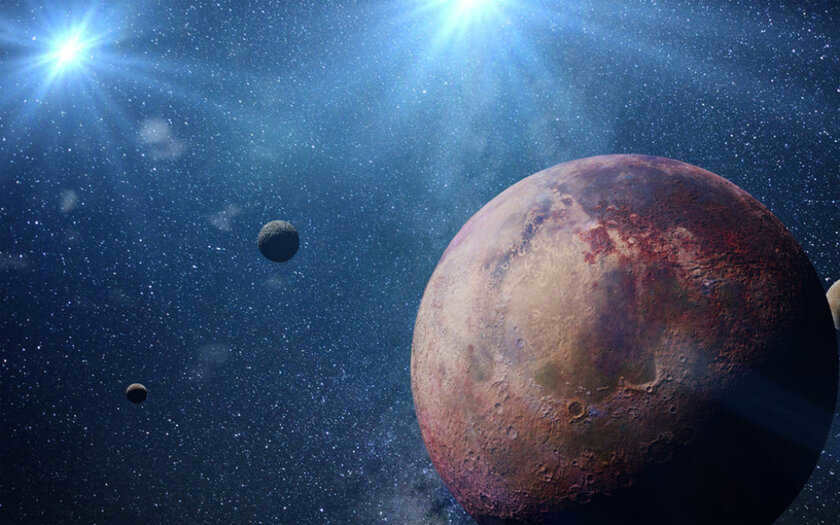
Mercury has a luminosity of -1.9 on the stellar magnitude scale, making it emit light more intensely than the brightest star in our sky, Sirius, which has a stellar magnitude of -1.4. However, this value can vary depending on the distance from Earth. Due to its small size and close proximity to the Sun, Mercury is more closely associated with it than other planets. It can be observed with the naked eye shortly after sunset or before sunrise. Without the use of optical aids, Mercury is only visible at dusk and is barely discernible in the sky.
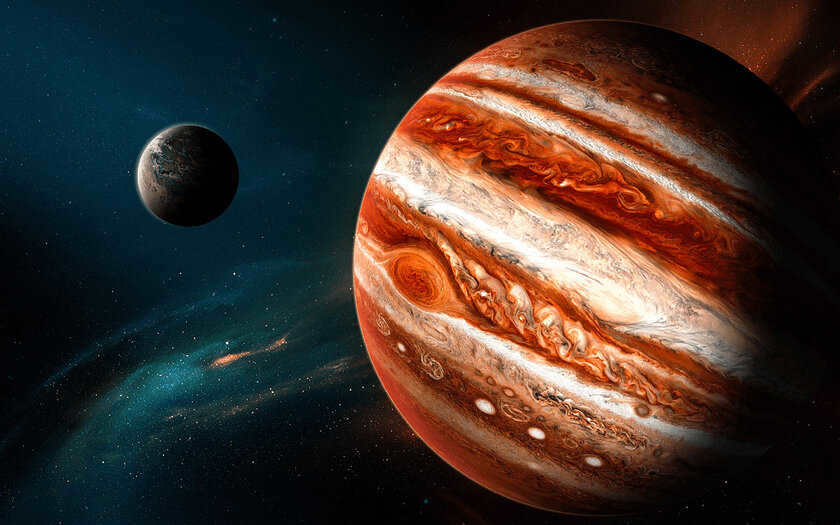
The solar system’s largest planet is a gas giant composed entirely of gas. While some individuals mistakenly believe it to be the brightest planet in proximity, this notion is incorrect. Since Jupiter is farther from Earth than both Mars and Venus, the planet nearest to us will always appear brighter (Mars outshines it during oppositions). Interestingly, unlike Venus, Jupiter’s luminosity remains constant at -2.8. Furthermore, Jupiter is not influenced by sunrise or sunset, making it perpetually accessible for observation.
Coming in fourth: Mars
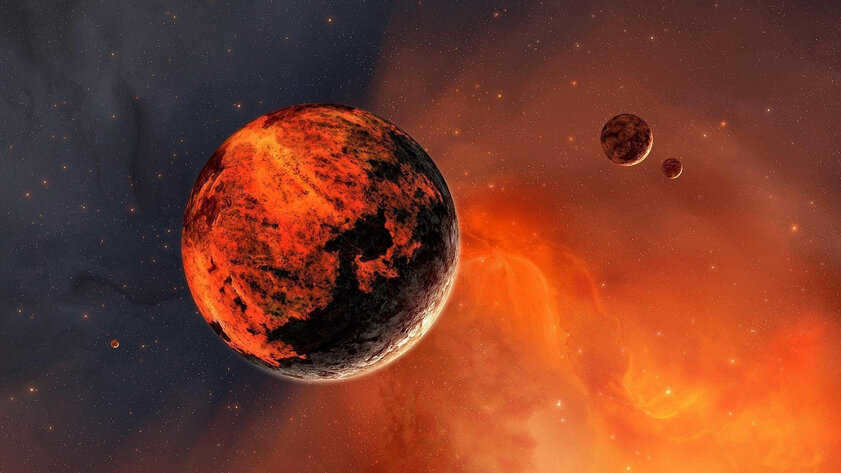
Mars, also known as the red planet, is the second nearest planet to Earth, following Venus. It has a varying luminosity and can reach a maximum magnitude of -2.9 stellar magnitude. Similar to other planets that are farther from the Sun, Mars emits the most light during its opposition, which occurs every two years when it is closest to Earth and in alignment with the Sun. Approximately every 15-17 years, there is a significant opposition where Mars comes within 60 million kilometers of Earth. The most recent significant opposition took place three years ago.
In 2020, Mars came closer to Earth at a distance of 62 million kilometers and was exceptionally luminous for an entire month. The maximum distance at which Mars is located from us is approximately 400 million kilometers – during this period, it is situated on the opposite side of the solar system, resulting in its brightness significantly diminishing. The variations in the luminosity of this planet can also be attributed to its smaller size compared to Earth, as well as the strong influence of the observation quality due to the distance.
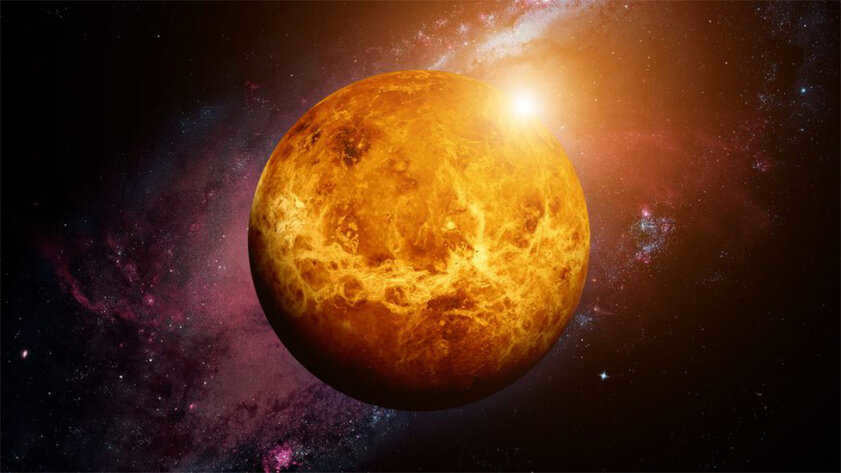
Venus, the planet closest to Earth, has a luminosity that can reach a stellar magnitude of -4.7. Its proximity to the Sun results in a thick cloud cover, giving it a high level of reflectivity. Interestingly, under specific circumstances, Venus can be seen through a telescope even during daylight hours – assuming you know where to direct your gaze. Additionally, during the moments just after sunset and before sunrise, Venus is visible to the naked eye, earning it the monikers of the evening or morning star.
Observing Venus can be challenging due to its varying phases and distance from Earth. In late 2020, it was visible in the early morning sky, but then became difficult to see for a few months. However, in May 2021, it will once again be visible in the evening sky. Despite these visibility challenges, Venus is almost always observable through optical instruments, with the only exception being the two weeks when it is closest to the Sun.
No. 2: The Moon
The Second Place: The Moon
The celestial body that comes second in our ranking is none other than the Moon. Our natural satellite has captivated humans for centuries with its beauty and mystery. From ancient civilizations to modern space missions, the Moon has always been a source of inspiration and fascination.
One of the most remarkable aspects of the Moon is its role in shaping Earth’s tides. The gravitational pull between the Moon and our planet causes the ocean’s tides to rise and fall. This phenomenon has a profound impact on marine life and coastal ecosystems.
Furthermore, the Moon has played a significant role in human culture and mythology. It has been worshipped as a deity in some religions and has been the subject of countless poems, songs, and artworks. The Moon’s phases have also been associated with various cultural and religious festivities.
Scientifically, the Moon has been a subject of extensive study and exploration. The Apollo missions of the 1960s and 1970s brought humans to its surface for the first time, allowing us to collect valuable data and samples. These missions have greatly contributed to our understanding of the Moon’s geology, composition, and history.
Despite its close proximity to Earth, there are still many mysteries surrounding the Moon. For example, the origin of the Moon itself is still a topic of debate among scientists. Some theories suggest that it was formed from the debris of a massive collision between Earth and a Mars-sized object, while others propose alternative explanations.
In conclusion, the Moon holds a special place in human history and scientific exploration. Its beauty, influence on Earth’s tides, and cultural significance make it a truly unique celestial body.
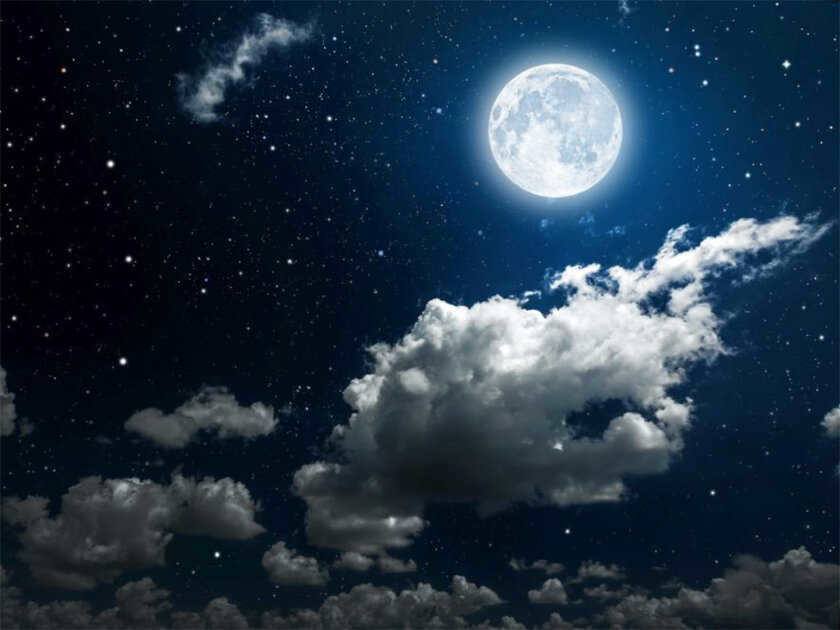
The Moon, which is the nearest celestial body to Earth, possesses a remarkable brightness. This should not come as a surprise, considering its close proximity to our planet. However, it is important to note that the Moon itself does not emit light; rather, it reflects sunlight. As it orbits around Earth, the Moon’s brightness varies depending on its position in the sky. During a full phase, the Moon reaches its peak brightness, with a stellar magnitude of -12.7. This phenomenon makes the Moon one of the brightest objects in the solar system.
If there are no clouds obscuring the moon, you can even discern readable text in the moonlight during this period. During the crescent phase, the brightness of our planet’s satellite is decreased by over fifty percent and reaches approximately -6. For those who study the universe through a telescope, it is advised to observe the Moon last: otherwise, the eyes will become accustomed to its brightness, causing distant objects (such as star clusters) to be barely visible.

With an apparent stellar magnitude of -26.7, this celestial entity emits an extraordinary brightness. It possesses such luminosity that direct gazing can result in visual impairment. To fully perceive this phenomenon, one must employ specialized filters or view it through exceptionally opaque glass, such as the kind found in welding masks. It is important to note that the Sun’s brightness can fluctuate throughout solar cycles. A new cycle commenced in 2020, which implies that an increase in sunspots and brightness is anticipated over the next five years.
On numerous occasions, when confronted with an exceptionally brilliant object in the firmament, we are compelled to ponder its identity. Could it be a star? Or conceivably, a planet? If the object is in motion across the heavens, might it be a satellite? And if it is indeed a satellite, what particular type might it be?
Have you ever witnessed a brilliantly illuminated spectacle in the sky, only to later realize that you were unaware of its true nature?
1. The Sun
The Sun is the most brilliant and undoubtedly the most significant entity in the heavens. It is essential to mention it on this roster as it is simply impossible not to acknowledge its existence. The Earth is an incredibly comfortable and inviting place thanks to the light and heat emanating from the Sun. Have you ever contemplated the fact that rivers and oceans, winds and clouds, owe their existence solely to the Sun’s warmth? The Sun sustains life on Earth itself.

The sun is incredibly bright during the day. It’s important to avoid looking directly at it as it can harm your eyesight! However, it is relatively safe to observe the sun at sunrise or sunset, when its brightness is reduced as it travels through the earth’s atmosphere.
2. The Moon
The Moon is the primary celestial body that illuminates the night sky. Throughout ancient times, it held a significant role in the lives of people, much like the Sun does during the day. It served as a means to measure time, create calendars, and aid travelers in navigation.
The brightness of the Moon varies depending on its phase of illumination. A full Moon emits a much stronger light compared to a crescent Moon. When the Moon is full, its brilliance can overshadow faint stars and nebulous objects, making it challenging to observe astronomical phenomena.
On rare occasions, an exceptionally bright star can be spotted. This star momentarily maintains its luminosity before gradually fading away and disappearing within half a minute. With keen observation, it is possible to detect the star’s slow movement across the night sky.

4. The ISS – International Space Station
The International Space Station (also known as the ISS) is the largest artificial structure in space. It completes 18 orbits around the Earth every day, making it visible from almost anywhere on the planet.
The ISS can often be mistaken for a fast-moving airplane. Many websites, including NASA’s, provide information on when and where the station can be seen in the sky above your city, including its exact position and brightness. The station’s visibility and brightness vary depending on your location – the farther you are, the dimmer it appears. Under ideal conditions, the ISS can even be brighter than Venus!

During the summer of 2018, the ISS made its way across the night sky of Stockholm, creating a stunning spectacle. This photograph, captured by Peter Rosén, showcases the beauty and grandeur of the International Space Station.
Compared to celestial bodies like the Moon or Venus, the ISS may appear small with its linear dimensions of about 100 meters. However, its proximity to Earth allows us to observe its elongated rice-like shape through a telescope.
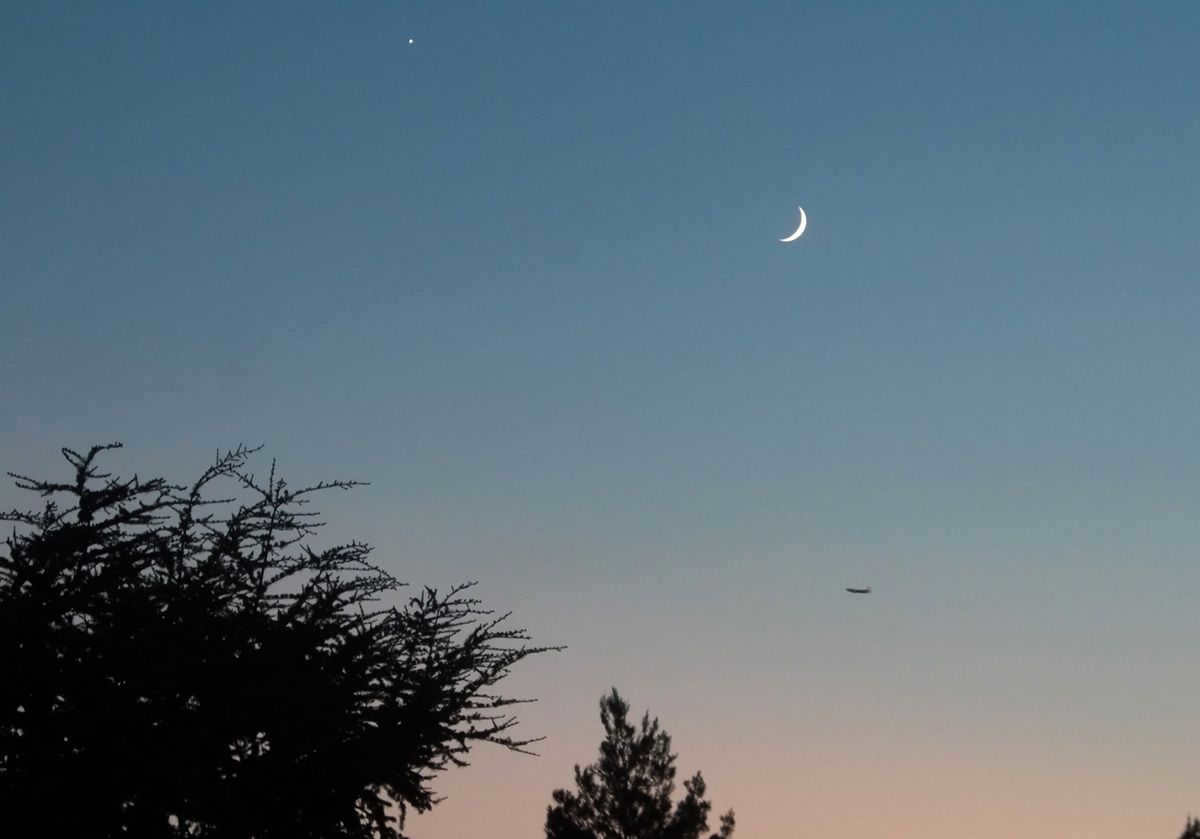
Venus and the Moon can be seen in the evening sky. Even in the early twilight, Venus shines brightly and is easily visible. Photo: Maria Teresa and Raffaello Lena
One of the distinctive characteristics of Venus is its calm and steady glow. Unlike the stars, it doesn’t shimmer much.
6. Jupiter
Similar to Venus, Jupiter is much brighter than the stars. It also shines steadily, even on cold or windy nights when many stars twinkle and flicker. In this aspect, the two planets are alike.
Jupiter has a yellowish-white color and can be observed throughout the night, unlike Venus. The main difference between the two planets is that, although Jupiter is relatively bright, it still doesn’t match the brilliance of Venus.
7. Mars
Mars, also known as the Red Planet, is the fourth planet from the Sun in our solar system. It is named after the Roman god of war due to its reddish appearance, which is caused by iron oxide on its surface. Mars has a thin atmosphere, consisting mostly of carbon dioxide, and its surface is covered in iron-rich dust and rocky terrain.
Mars is a terrestrial planet, meaning it has a solid surface like Earth. However, it is much smaller and has a lower gravity. The planet has a day length similar to Earth’s, with a rotation period of about 24.6 hours. It also has a thin atmosphere, which means it experiences extreme temperature variations, ranging from -195 degrees Fahrenheit (-125 degrees Celsius) at its poles to 70 degrees Fahrenheit (20 degrees Celsius) at its equator.
One of the most intriguing features of Mars is its potential for supporting life. Scientists have discovered evidence of liquid water on the planet, which is a key ingredient for life as we know it. They have also found organic molecules, although it is still unclear whether these are of biological origin. The search for life on Mars is ongoing, with several missions planned in the coming years to explore its surface and search for signs of past or present life.
In addition to its potential for life, Mars has captivated human imagination for centuries. It has been a subject of fascination in literature, movies, and popular culture. Many space agencies, including NASA and SpaceX, have plans to send humans to Mars in the future, with the goal of establishing a permanent human presence on the planet.
Overall, Mars is a fascinating planet that continues to intrigue scientists and inspire future exploration. Its unique characteristics make it an ideal subject for study and a potential future home for humanity.
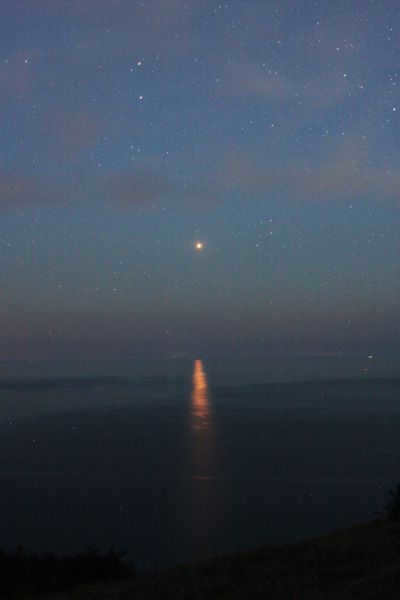
The photograph above shows Mars in close proximity to Earth on August 5, 2018. The image was captured by David Strange.
Typically, Mars appears as bright as regular stars. However, every 2 years and 2 months, Mars approaches Earth, resulting in its brightness matching that of Jupiter. (During the great oppositions, which occur every 15 or 17 years, Mars is even brighter than Jupiter!)
During this time, Mars appears as a vivid pinkish-red star and is positioned directly opposite the Sun in the sky.
8. Mercury
Mercury, the planet that is closest to the Sun, can appear nearly as bright as Mars when it is in opposition. However, it can be quite challenging to locate Mercury in the sky. Due to its proximity to the Sun, it is always found near it, so if you are observing the sky in Russia, you will only be able to see it during the evening or morning twilight.
Mercury does not appear as stunning and impressive when it is observed against the relatively bright background of the twilight sky. It is only visible at night in tropical and equatorial countries.
9. Sirius
Sirius, the brightest star in the night sky, takes the ninth spot on our list. In Russia, Sirius can be observed in the sky from late summer to April. However, the prime time to catch a glimpse of this star is from December to March. During winter, Sirius remains visible throughout the entire night.
What sets Sirius apart from other stars is its remarkable brightness. It possesses a unique characteristic: the star often exhibits vigorous twinkling and shimmers in a multitude of colors, resembling a rainbow. Generally, all stars twinkle during the night when the atmosphere is turbulent (such as during severe frost). However, Sirius twinkles with exceptional intensity due to its superior brightness and its proximity to the horizon.
If you happen to spot an exceptionally bright star low in the southern sky on a winter evening, twinkling and shimmering with an array of colors, chances are, that’s Sirius!
10. Canopus or Saturn
I have divided the final, tenth spot on the list of the most luminous celestial objects between two entities.
If your location is situated below the 37° north latitude line, you have the opportunity to observe Canopus, the second brightest star in the night sky, following Sirius. Canopus serves as the leading star in the constellation Carina and was formerly the most brilliant star within the extensive constellation Argo Navis. It is worth mentioning that this constellation received its name in honor of the ship utilized by the Argonauts during their voyage to Colchis in pursuit of the Golden Fleece. In the 18th century, astronomers divided the constellation Argo Navis into separate constellations, including Puppis, Carina, Vela, and Pyxis.
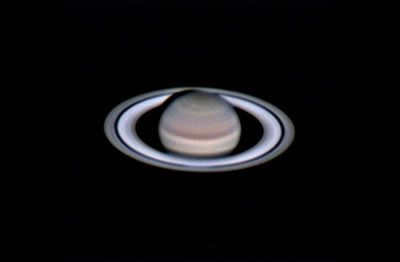
The Argo spacecraft can only be partially seen from Russia, while Canopus cannot be seen at all. Therefore, for Russian residents, Saturn is ranked as the 10th planet.
Typically, Saturn appears as a bright star. However, during perihelion, when Saturn’s rings are fully exposed, the planet’s brightness significantly increases. During these periods, Saturn is the second brightest star after Sirius.
Which items were not included in the list?

The Chelyabinsk bolide. Source: Wikipedia
Bolides can reach the same brilliance as Jupiter, but they are even brighter. The largest and brightest bolides are much brighter than the full Moon! They don’t completely burn up in the Earth’s atmosphere and instead reach the surface, becoming meteorites.
A well-known example of a very bright bolide seen in the sky is the Chelyabinsk meteorite. It fell in February 2013.
Comets have the potential to be exceptionally luminous, even rivaling the Moon in brightness! An excellent example of such a comet is the near-solar comet Ikea-Seki (Ikea-Seki), which was observed in 1965. It is important to note that the brightest comets are typically seen during the morning or evening twilight, when they are contrasted against the backdrop of a bright sky. Additionally, comets are hazy entities, and their overall brightness is spread out over a large portion of the sky, ultimately diminishing the perception of their brightness. However, nothing can compare to the sheer beauty of a comet’s tail!
Another category of exceptionally bright celestial objects are supernovae. Throughout history, certain supernovae have surpassed Venus in luminosity and were even visible during daylight hours!
The occurrence of a supernova typically happens when an ancient star undergoes a cataclysmic explosion. The proximity of a supernova to Earth directly influences its luminosity, with closer supernovae appearing much brighter. Regrettably, these extraordinary events are incredibly infrequent, to the extent that the most recent recorded observation of a supernova in our own Galaxy dates all the way back to 1604 – a time predating the invention of the telescope!
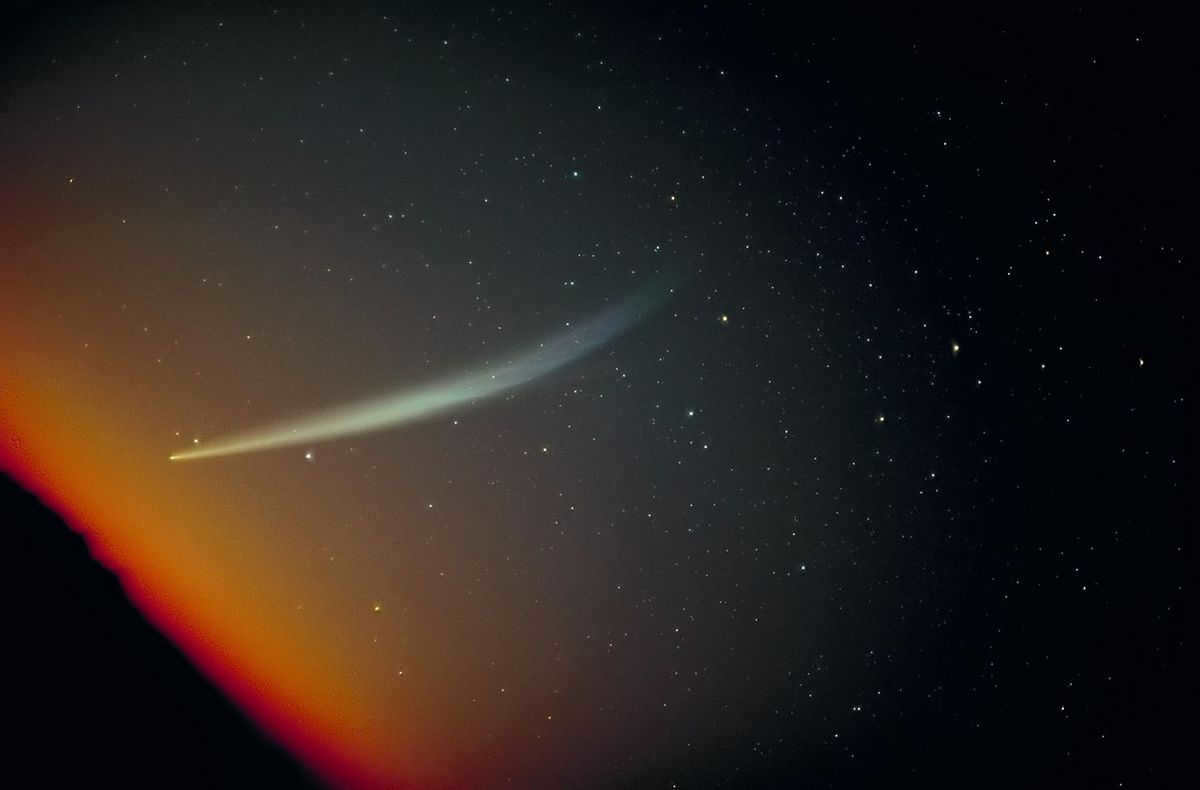
Comet Ikea – Seki. Photo: Wikipedia/Roger Lynds
In brief, the chances of witnessing a supernova explosion are exceedingly slim. However, such occurrences do exist: for instance, Betelgeuse from the Orion constellation has the potential to transform into such a star. Astronomers have identified other potential candidates as well.
The bottom line
Bright yet stationary celestial bodies in the sky are known as planets. Venus can be observed during the mornings and evenings. Jupiter and Mars can be seen in the morning and evening, as well as at night, but their positions are never the same. When planets rise, it may seem to many that they are moving. In reality, you are actually observing their ascent – the Earth is rotating and the planets are rising higher in the sky.

On June 16, 2018, there was a beautiful sighting of the moon and Venus in the evening sky over the Nizhny Novgorod region. The photo was captured by Vladimir Nerush.
During winter evenings, the brightest star in the night sky, Sirius, can be observed in the southern part of the sky. It often displays a shimmering array of colors, reminiscent of a rainbow (although not always!).
In general, the Sun, Moon, Earth’s artificial satellites, and planets are among the brightest objects in the sky. However, Sirius is not the brightest object visible to the naked eye. Planets, such as Venus, often change their brightness and are primarily seen during the morning or evening twilight, making them less prominent than the brightest stars.





